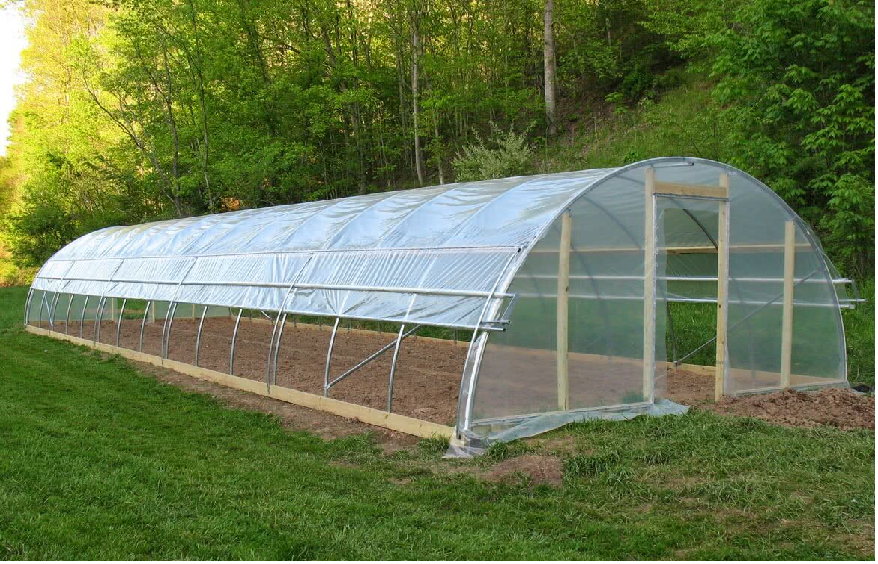Though agriculture in open fields is the usual way that most of us have seen the cultivation of crops. However, growing crops in a protected environment is certainly new but effective in today’s world. If you are intrigued about growing crops indoors, this article is for you. You might have questions about polyhouse, but it is not a complex topic to understand.
It is a framed structure protected with covers where you can grow crops. Unlike open field cultivation, you can control sunlight, irrigation, and humidity. It is essential to know that some crops are not the right choice for polyhouse, and many individuals have initiated polyhouse cultivation.
If you want to grow organic vegetables, polyhouse farming can be the ideal choice. Polyhouse cultivation is quite a good choice in urban cities, and it is important to have a proper plan for growing the crops in a limited space and protective environment.
Crops you can easily grow in Polyhouse construction
Here are the crops that you can grow without any doubt.
- Capsicum
- Cucumber
- Carrots
- Mint
- Tomato
- Flowers
- Strawberries
These are the best choices, and you have more options that can be found digging more in the polyhouse construction.
Benefits of Polyhouse cultivation
The first and foremost benefit of polyhouse construction is that you can easily grow the crops throughout the year. Regardless of the seasons, the crops will stay protected as they are produced inside.
The quality of products can be high compared to the traditional cultivation method, so you must utilize the best practices for the exceptional cultivation of food crops.
As said earlier, there are little to no concerns about the pests and disease in polyhouse cultivation. If there are no pests, you don’t have to splurge on pesticides which can be harmful.
You will get Government support in the form of subsidies and loans, so you can consider taking up the idea of polyhouse cultivation. As crop cultivation is supported throughout the year, you can grow diverse varieties without any hindrance.
The cost of polyhouse construction
The construction depends on the size and requirements. The fixed cost includes the structure, drip system, pipeline, land preparation, and labour charges. However, other costs like buying fertilizers, manures, pesticides, and electricity charges are variable costs. You should consider several factors to know about the exact return of investment that you will get from polyhouse cultivation.
If you want to set up a polyhouse environment for growing organic crops, you can consider a place with demand for the produce. You can also choose a place where the weather condition is good, and the soil is better. You can have subsidies up to 80% in certain states, so it’s time to start cultivating the crops without any hindrance.
Conclusion
Polyhouse construction is way too important, and you can utilize the cultivation process to grow organic crops by yourself. It is important to know the fundamentals before you start polyhouse cultivation. It will be easier to procure the best farming approaches in the internal environment if you have a precise understanding.

